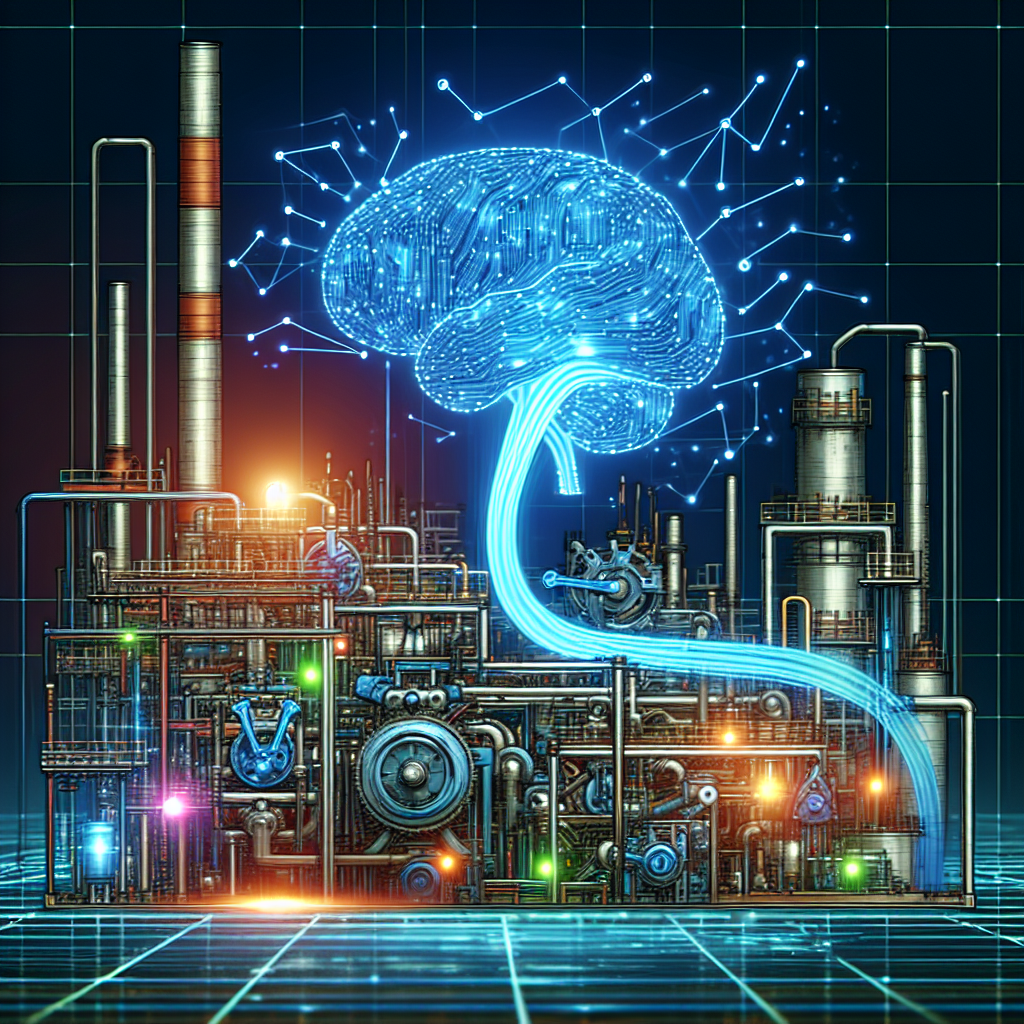AI-driven solutions for predictive maintenance in manufacturing have revolutionized the way companies approach equipment maintenance. By harnessing the power of artificial intelligence and machine learning, manufacturers can now predict when machines are likely to fail before it happens, allowing them to proactively address issues and prevent costly downtime.
Predictive maintenance is a proactive maintenance strategy that aims to predict when equipment failure is likely to occur, allowing maintenance to be performed before the failure happens. This approach is in contrast to traditional reactive maintenance, where maintenance is only performed after a machine has already failed.
AI-driven solutions for predictive maintenance use machine learning algorithms to analyze data collected from sensors and other sources to predict when equipment failure is likely to occur. These algorithms can detect patterns and anomalies in the data that indicate potential issues, allowing maintenance teams to take action before a failure occurs.
There are several key benefits to using AI-driven solutions for predictive maintenance in manufacturing. These include:
1. Increased equipment reliability: By predicting when equipment failure is likely to occur, manufacturers can proactively address issues before they lead to downtime, increasing equipment reliability and reducing the risk of unexpected failures.
2. Reduced maintenance costs: Predictive maintenance allows manufacturers to schedule maintenance activities when they are most needed, reducing the need for unnecessary maintenance and lowering overall maintenance costs.
3. Improved safety: By proactively addressing potential equipment failures, manufacturers can reduce the risk of accidents and injuries caused by equipment malfunctions.
4. Increased productivity: By reducing downtime and ensuring that equipment is operating at optimal levels, manufacturers can increase productivity and output.
5. Better decision-making: AI-driven solutions for predictive maintenance provide manufacturers with valuable insights into the health of their equipment, allowing them to make more informed decisions about maintenance and operations.
There are several key components to implementing AI-driven solutions for predictive maintenance in manufacturing. These include:
1. Data collection: The first step in implementing predictive maintenance is collecting data from sensors and other sources. This data can include information on equipment performance, environmental conditions, and other factors that may impact equipment health.
2. Data analysis: Once data has been collected, machine learning algorithms are used to analyze the data and detect patterns and anomalies that may indicate potential issues. These algorithms can be trained on historical data to improve accuracy and reliability.
3. Predictive modeling: Once patterns and anomalies have been detected, predictive models can be created to predict when equipment failure is likely to occur. These models can be used to generate alerts and notifications when maintenance is needed.
4. Actionable insights: AI-driven solutions for predictive maintenance provide manufacturers with actionable insights into the health of their equipment, allowing them to take proactive steps to address potential issues.
5. Integration with existing systems: AI-driven solutions for predictive maintenance can be integrated with existing maintenance systems and workflows to streamline maintenance activities and improve efficiency.
FAQs:
Q: How accurate are AI-driven solutions for predictive maintenance?
A: AI-driven solutions for predictive maintenance can achieve high levels of accuracy, depending on the quality of the data and the algorithms used. By continuously learning from new data, these solutions can improve their accuracy over time.
Q: How can AI-driven solutions for predictive maintenance benefit my manufacturing operation?
A: AI-driven solutions for predictive maintenance can help manufacturers reduce downtime, lower maintenance costs, improve safety, increase productivity, and make better decisions about maintenance and operations.
Q: Is it expensive to implement AI-driven solutions for predictive maintenance?
A: While there may be upfront costs associated with implementing AI-driven solutions for predictive maintenance, the long-term benefits can outweigh the initial investment. By reducing downtime and maintenance costs, these solutions can provide a significant return on investment.
Q: How can I get started with implementing AI-driven solutions for predictive maintenance in my manufacturing operation?
A: To get started with implementing AI-driven solutions for predictive maintenance, you will need to collect data from sensors and other sources, analyze the data using machine learning algorithms, create predictive models, and integrate the solutions with your existing systems and workflows. Consider working with a vendor that specializes in predictive maintenance solutions to help guide you through the process.
In conclusion, AI-driven solutions for predictive maintenance in manufacturing offer a powerful way for companies to proactively address equipment issues and prevent costly downtime. By harnessing the power of artificial intelligence and machine learning, manufacturers can improve equipment reliability, reduce maintenance costs, increase safety, boost productivity, and make better decisions about maintenance and operations. By implementing these solutions, manufacturers can stay ahead of potential equipment failures and ensure that their operations run smoothly and efficiently.

